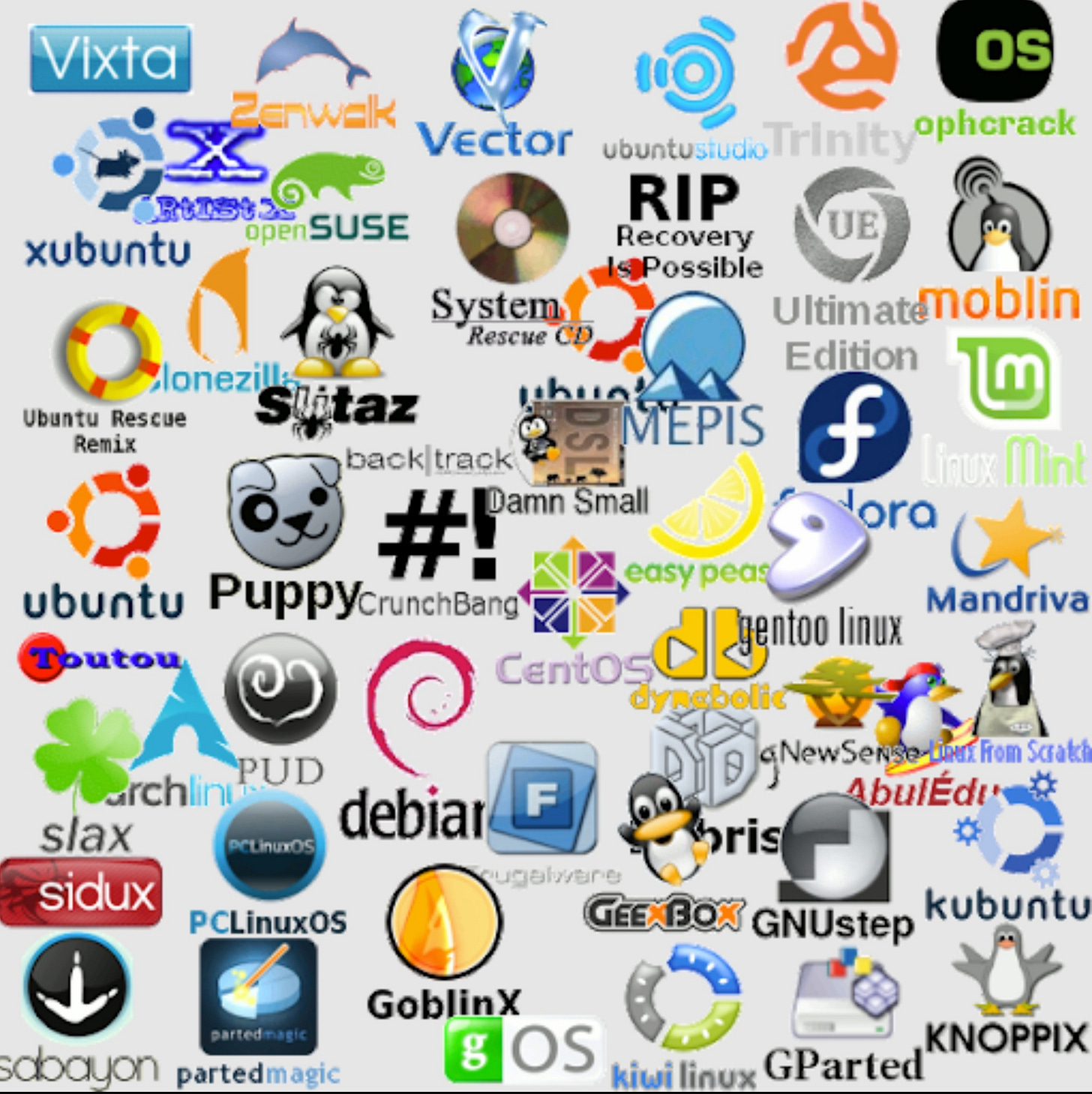Get! Off! Windows!
No, really, and the sooner the better.
This chart has been more or less the same for most of this century, and it makes me really sad. Three quarters of computer users are Microsoft sheeple, a sixth of all computer owners, biased towards creative work, are on Apple, and then less than ten percent do something else, for various reasons.
And we need to talk about why you need to get free of the Microsoft monoculture as soon as humanly possible.
Attention Conservation Notice:
I will be ranting about a vendor that I’ve despised since before the turn of the century. In between howling and shooting my monitor with a suction cup dart gun, there might even be some coherent information about why I feel that way.
Windows:
Microsoft changed their database back end for web services three times in quick succession in the late 1990s. I was already out of software development by that time, and my little foray into data warehousing was cut short by the intentional chaos the company introduces purely to thwart people from having a chance to do something different. I doubled down by getting out of enterprise work and into service provider duties, where everything was some sort of Unix derivative.
My last job with any significant Microsoft presence ended in late 1997. Since then I’ve had Redhat, FreeBSD, SUSE Linux, Intel Macs, Ubuntu Budgie, and now I’m on Apple ARM Macs. I did just acquire a Windows 11 machine … because I made some money last month in that specific area, and I want to understand the OS recovery process. Worst case, that hardware will run both Proxmox and QubesOS.
Issue Du Jour:
This is not OK. And it happens ALL THE TIME with Microsoft products, because it’s 1) the largest monoculture and 2) those who use it tend to be less concerned about security issues and 3) more tolerant of bullshit like this, because it’s what they know.
I could dig into detail about what happened here. But it’s been the same bullshit over and over and over and over and over and over and over and over and over and over and over and over and over and over and over and over and over and over and over and over and over and over and over …. for the last three decades. I’m kinda over it.
Alternatives:
If you want to take that initial little step of freeing yourself, there are a variety of options.
M1 Mac Air are $500. It’s a sleek mobile device, nice if you’ve already got an iPhone.
Extremely capable Dell Precision with mobile Xeon are under $350 these days.
And if you’ve got a retired Windows machine it will certainly run Linux. There are a galaxy of options, but if you want a smooth experience, I suggest Ubuntu Budgie.
Get Small:
I recently received a pair of Raspberry Pi5 systems for a radio project. These single board computers are literally the size of a credit card and the latest generation packs about half the punch of an M1 Mac Air … this iUniker package is $130. I wrote about what I’d do with these systems in What’s That Little Computer For?
Later this week I’m going to get to write another article about this little gem … I spent $55 for a 4GB Orange Pi Zero 3 and an aluminum case. You can get a minimal 1GB board in a plastic case for $33. This machine is two inches on a side, cases are less than an inch tall, you can power it from a laptop USB port, and it offers both ethernet and wifi. You’ll need to come up with an 8GB microSD card to hold the OS, you can start with whatever is handy, but be aware that you want a 30mbyte/sec video camera card if you’re going to do a lot with it.
Conclusion:
Did you Throw Away Your Cell Phone ?
Did you Get! Off! Gmail! ?
I have been dealing with frivolous litigation and malicious prosecution since 2011. I understand what is coming in a way those of you with just some reading knowledge and vague suspicions do not (yet). I own some phones, which I trust just as far as I can throw them. I may have a carrier number and a Gmail account on the device, but there’s very little that doesn’t go through Signal or ProtonMail.
There’s an ARM Windows 11 VM on my Mac, just because I wanted to see how it behaved. There’s an actual physical Windows 11 machine here, because I want to break it, in order to understand the recovery process. Neither of those systems will see any serious use outside of being guinea pigs for Hexnode support. I expect to encounter the OS here and there, but not in any way where I’m responsible for more than locking it down tight.
So this is it. A sort of dividing line. You either minimize and sanitize your digital shadow, or cross your fingers that you and yours lead a charmed life. If you recognize the need to be proactive, eliminating a habitually vulnerable operating system would be a great first step.









